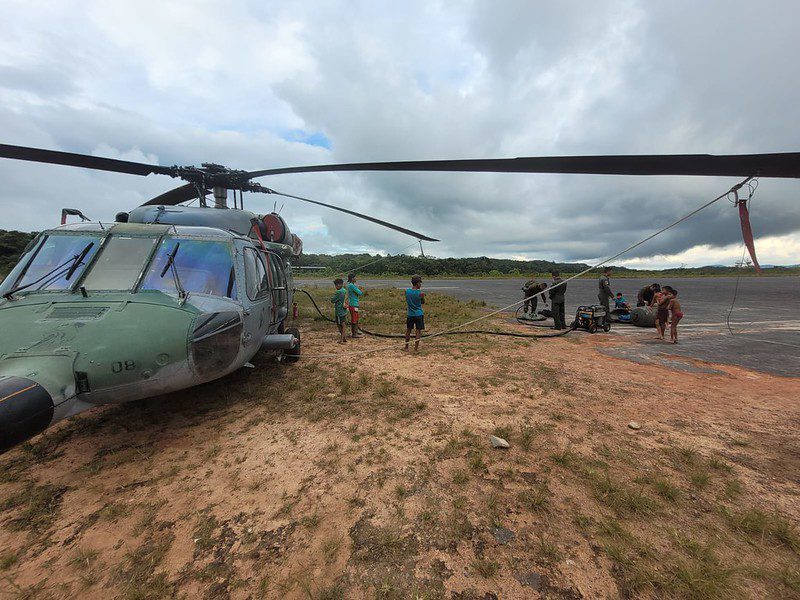Since January 22, when the first mission was carried out by the KC-390 Millennium of the Brazilian Air Force (FAB), work has continued uninterrupted
Air Force Agency, Lieutenant Wanessa Liz and Lieutenant Letícia Faria
This Thursday (February 23rd), the Amazon Joint Operational Command (Cmdo Op Cj Amz) exceeded 1000 flight hours and transported more than 150 tons of cargo. The supplies are organized at the Boa Vista Air Base (BABV), in Roraima (RR), where the actions of Operation Yanomami are concentrated. Since January 22, when the first mission was carried out by the KC-390 Millennium of the Brazilian Air Force (FAB), the work has continued uninterrupted.
The aerial missions are carried out by the aircraft A-29, E-99, R-99, C-98 Caravan, KC-390 Millennium, C-105 Amazonas, H-60 Black Hawk and H-36 Caracal, of the FAB; the HM-2 and HM-4 of the Brazilian Army (EB); and the UH-15 Super Cougar of the Brazilian Navy (MB).
Air engagements
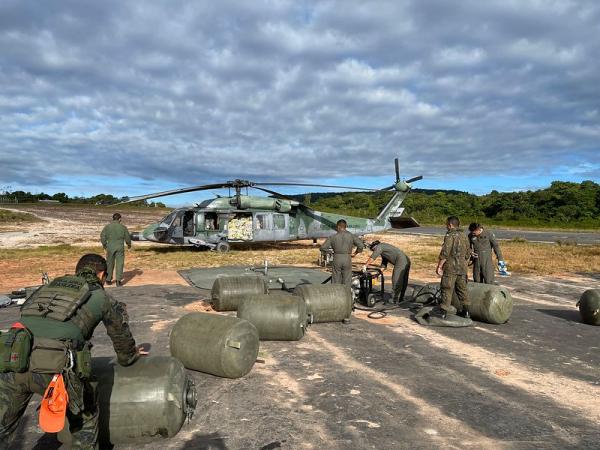
Operating in the mission, the C-98 Caravan aircraft are operated by the First Air Transport Squadron (1st ETA) – Tracajá Squadron, the Seventh Air Transport Squadron (7th ETA) – Cobra Squadron, and the Boa Vista Air Base (BABV). The vectors land two to three times a day at the Surucucu Airfield – where the Brazilian Army’s (EB) Fourth Special Border Platoon (4º PEF) is located – carrying food and medicine to the Yanomami indigenous communities, as well as aviation fuel to supply other aircraft in the mission.
The H-60 Black Hawk is operated by the Second Squadron of the Tenth Aviation Group (2/10th GAV) – Pelican Squadron and the Seventh Squadron of the Eighth Aviation Group (7/8th GAV) – Harpy Squadron. Another helicopter is the H-36 Caracal, operated by the Third Squadron of the Eighth Aviation Group (3/8th GAV) – Puma Squadron. These are medium-sized multi-mission aircraft, and are used on a large scale for infiltration and exfiltration of troops.
The C-105 aircraft, operated by the First Squadron of the Ninth Aviation Group (1/9th GAV) – Macaw Squadron and the First Squadron of the Fifteenth Aviation Group (1/15th GAV) – Jaguar Squadron have been used to promote air resupply operations such as delivery of food, medicine and other essential elements. In addition, they have also been used in other operations, such as transporting medical equipment and materials needed to support the affected area.
The KC-390 Millennium operated by the First Transport Group (1º/1st GT) – Gordo Squadron also carries out cargo launches – the so-called resupply flights, when the aircraft can transport a larger amount of food and medicine in a short period of time. There are also R-99 and E-99, operated by the Second Squadron of the Sixth Aviation Group (2°/6° GAV) – Guardian Squadron.
The UH-15 Super Cougar and HM-4 Jaguar helicopters help to complete the fleet of aircraft in the mission in order to enhance the aerologic transport missions, considerably increasing the operational capabilities for mission execution.
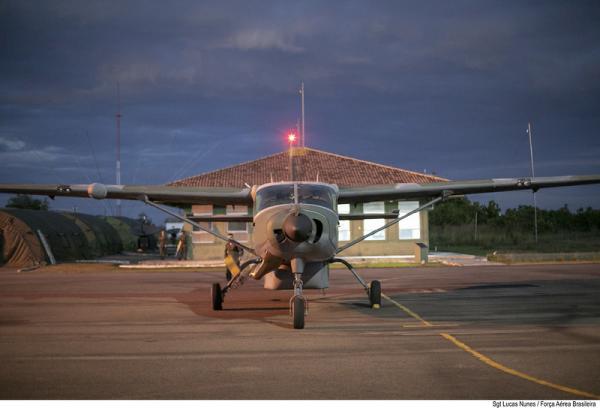
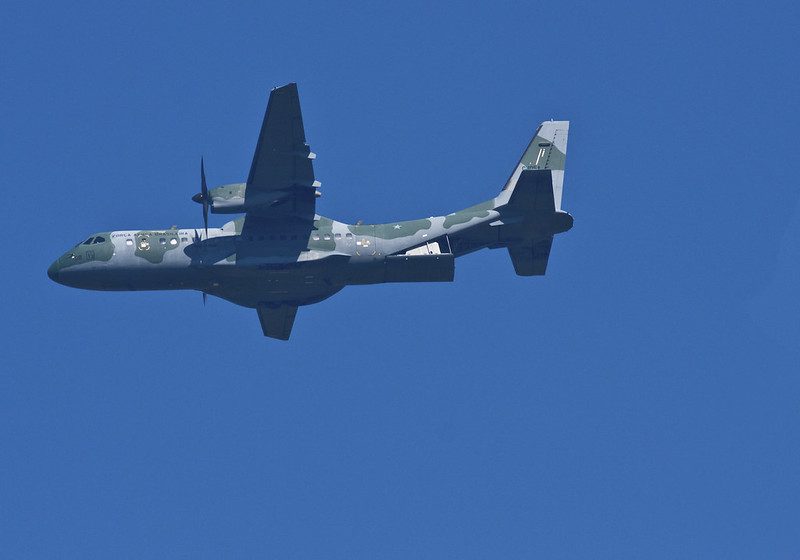
Operation Yanomami 2023
Published on January 20, 2023, Decree No. 11,384 established the National Coordination Committee for Confronting the Unsafeguarded Health of the Populations in Yanomami Territory. On January 30, 2023, Decree No. 11,405 was published, which provides for the measures to confront the Public Health Emergency of National Importance and to combat illegal mining in Yanomami territory to be adopted by federal administration agencies, with action from the Ministries of Defense, Health, Social Development and Social Assistance, Family and Fight Against Hunger and Indigenous Peoples.
On February 3, 2023, through the GM-MD Ordinance No. 710, the Ministerial Directive was approved, which guides the support of the Armed Forces for actions to confront the Public Health Emergency of National Importance and to combat illegal mining in the Yanomami Territory. The document activated the Joint Operational Command Amazon (Cmdo Op Cj Amz) to act in the area of the state of Roraima and the portion of the state of Amazonas.
The action of the Armed Forces takes place in missions to launch and distribute food baskets; send supplies for the reconstruction of the runway at Surucucu Airfield (RR); Aeromedical Evacuations (EVAM) for care at the Hospital de Campanha (HCAMP); control and surveillance of airspace with the creation of the Air Defense Identification Zone (ZIDA); supplying intelligence data; and logistical air transport for the teams from the Federal Police, Ibama, and other federal public administration agencies and entities that participate directly in neutralizing aircraft and equipment related to illegal mining.
To meet the demands, FAB’s A-29, E-99, R-99, C-98 Caravan, KC-390 Millennium, C-105 Amazonas, H-60 Black Hawk, and H-36 Caracal aircraft are being used; EB’s HM-2 and HM-4; and MB’s UH-15 Super Cougar.
FAB’s HCAMP exceeds 1500 services to indigenous people, in Boa Vista (RR)

Since the Field Hospital (HCAMP) of the Brazilian Air Force (FAB) was set up next to the Indigenous Health House (Casai) in Boa Vista (RR), work has been constant. This is one of the actions of the Amazon Joint Operational Command (Cmdo Op Cj Amz) to attend to the indigenous people of the Yanomami Land, due to the health crisis. On Friday (24/02), the mobile health unit reached 1548 consultations.
The hospital is formed by a team with specialties in clinical medicine, orthopedics, general surgery, pediatrics, radiology, gynecology, pathology, dentistry, nutrology, as well as nurses, pharmacists and nursing technicians. The professionals follow a routine of care for children and adults who arrive at the site with malnutrition, pneumonia, intestinal parasitosis, malaria, skin diseases, among others.
For the Commander of HCAMP, Medical Major Felipe Figueiredo, the challenge of the entire team, since arriving at the site for the first care, was enormous: “HCAMP arrived here in a situation of health crisis and in the beginning, the presence of this health unit was extremely important, because there was a great need for health support. We were the first to arrive, and since we mobilized this entire structure, we immediately started the care, thus impacting on the decrease of the clinical worsening,” highlights the Officer.
According to the doctor, about to complete one month of care, the clinical improvements of patients are remarkable. “Many people used to come here with acute crisis, clinical decompensation, and today we are maintaining the stability of the indigenous people, the children are already evolving positively and with the help of other entities, through the Ministry of Health, present here. We are in an important phase, with a favorable evolution. The time we’re here is necessary, and that’s why we’re here and making a difference”, guarantees the Major.

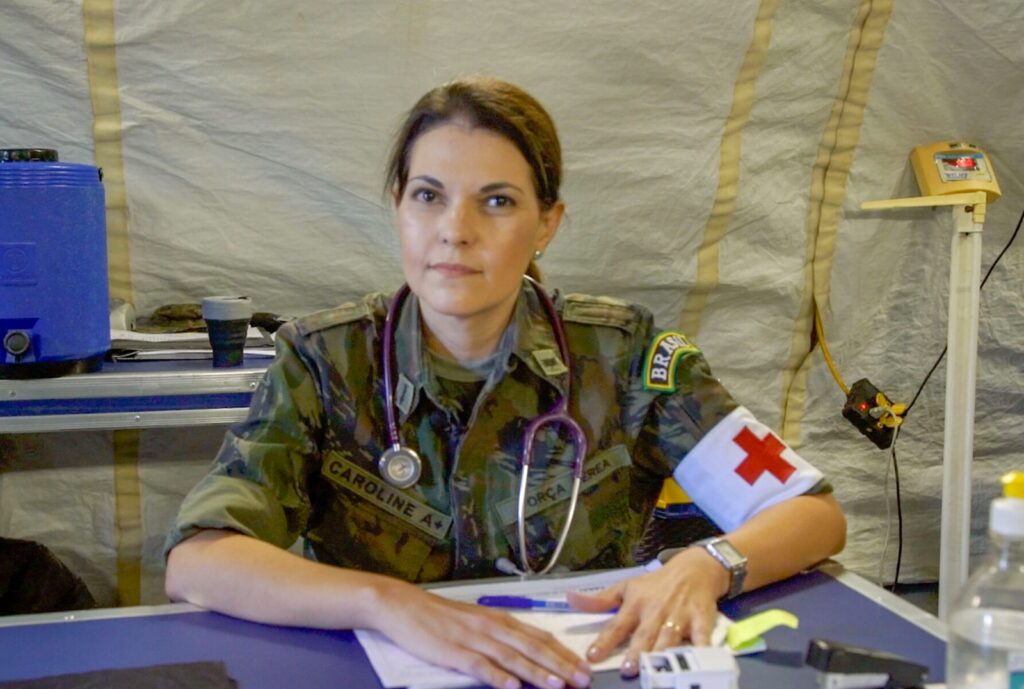
Main care at HCAMP
Among the specialties present in HCAMP, the main demands are in pediatrics, with almost 500 attendances, followed by clinical medicine with more than 170, gynecology with more than 150, and laboratory tests, which have already exceeded 200.
Medical Captain Caroline Alvim de Souza Guimarães is the FAB HCAMP pediatrician in this phase of the operation. “This is a mission that has its peculiarities, because we are facing a different culture. At first they didn’t accept us because of communication, fear for not knowing how to do it. The first contingent from HCAMP arrived with the task of providing care, but also to captivate the indigenous people, to bring them to us. When the second team arrived, we already had them close by, trusting our work and even calling us Soldiers,” reports the Officer.
As for the medical care provided, the Captain tells about the clinical pictures observed. “We found patients with severe chronic malnutrition, and this is very bad, because any relatively simple disease that a well-nourished child would be able to evolve better, in a more satisfactory way, with the indigenous people can complicate this process of improvement,” she comments.
By surpassing 1500 attendances, the doctor ensures that the health of the indigenous people has evolved satisfactorily, with no major transfers to hospitals in the capital.
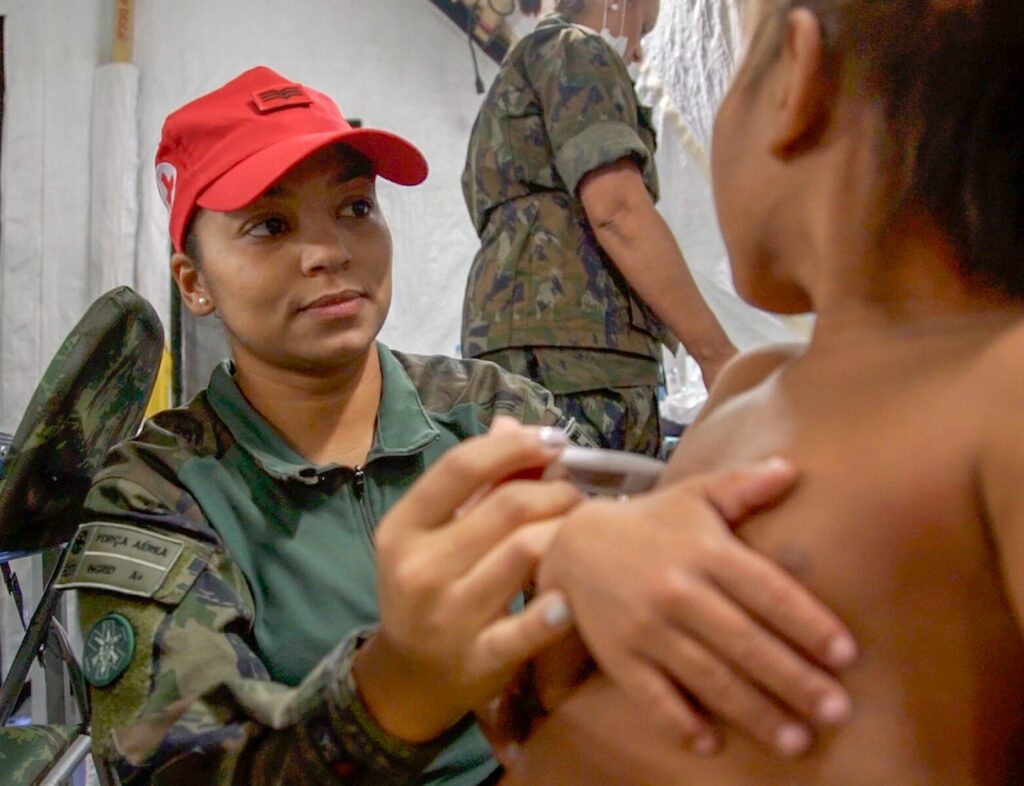
The challenges of HCAMP’s technical teams
Nurse Sergeant Letícia Costa is in charge of the FAB HCAMP and arrived to work in the Yanomami Operation with the first contingent, in January. Her role is to act in logistical planning, administration and doctrine of the graduates in the mission. “We were called almost immediately, and within 22 hours we had the materials and separate structure to set up the HCAMP here in Boa Vista. Those of us who work in missions of this nature know the unique characteristics of setting up a mobile health structure. We are thrown into the unknown and even so we managed to accomplish the mission”, says the military.
The sergeant’s duties are not restricted only to HCAMP. She has already been to the Kululu village, Auaris region, providing assistance. To get access, it takes a 1h30 flight to the Yanomami Land, and about six hours of walking through the forest, until reaching the village. “I was called within 24 hours and we went to Surucuru with a team. We were welcomed by the local community, where we distributed basic food baskets and saw how much they needed us. We did about 50 health consultations with children with colds, gastrointestinal infections, and other situations. We were able to embrace these natives, through our assistance, and that’s why I feel proud to be part of the Brazilian Air Force health corps and to be able to practice my profession through the Field Hospital and help those who need it the most,” she concludes.
Video: Sgt. Ronan / CECOMSAER *** Translated by the DEFCONPress FYI Team ***
